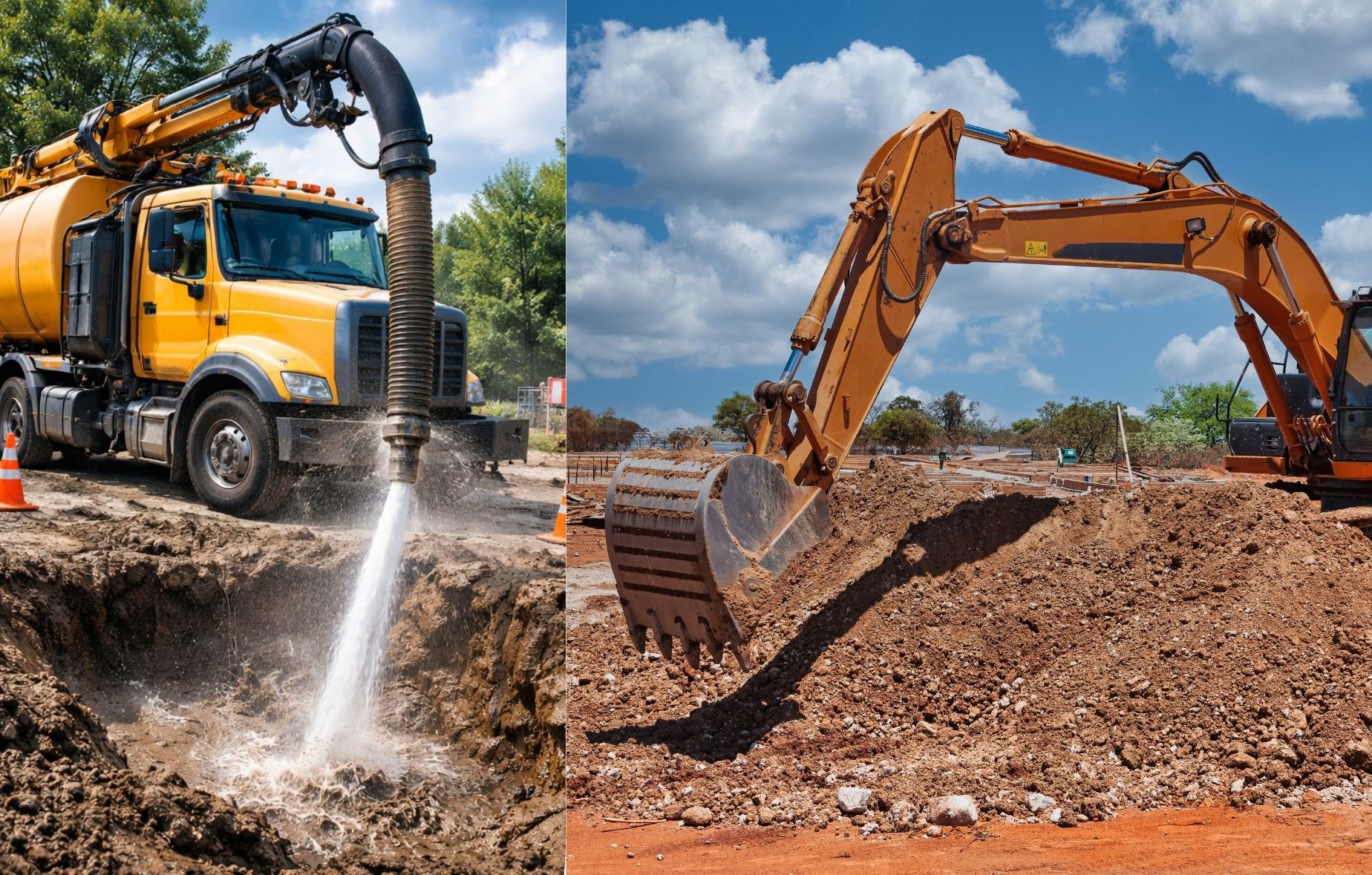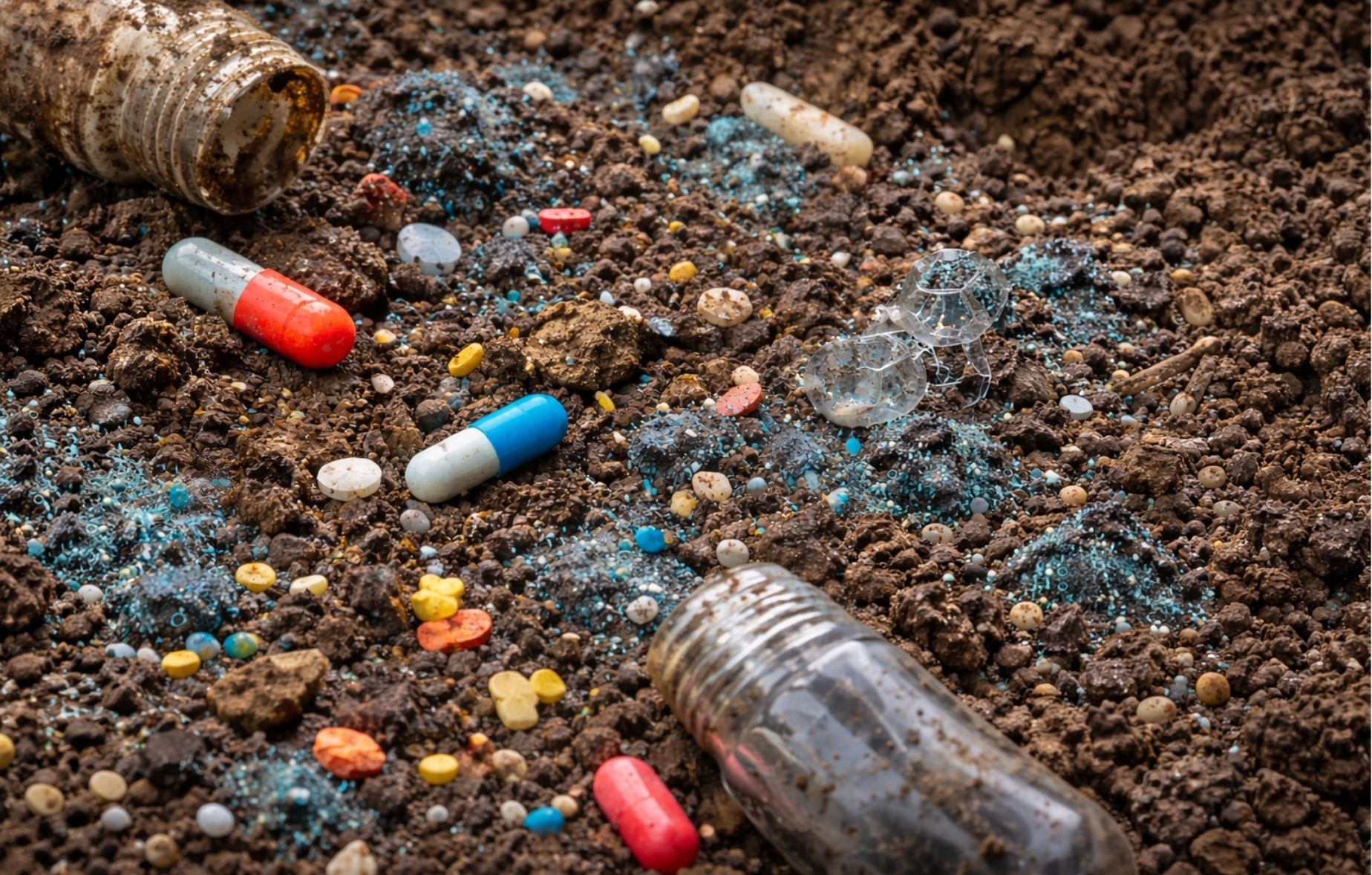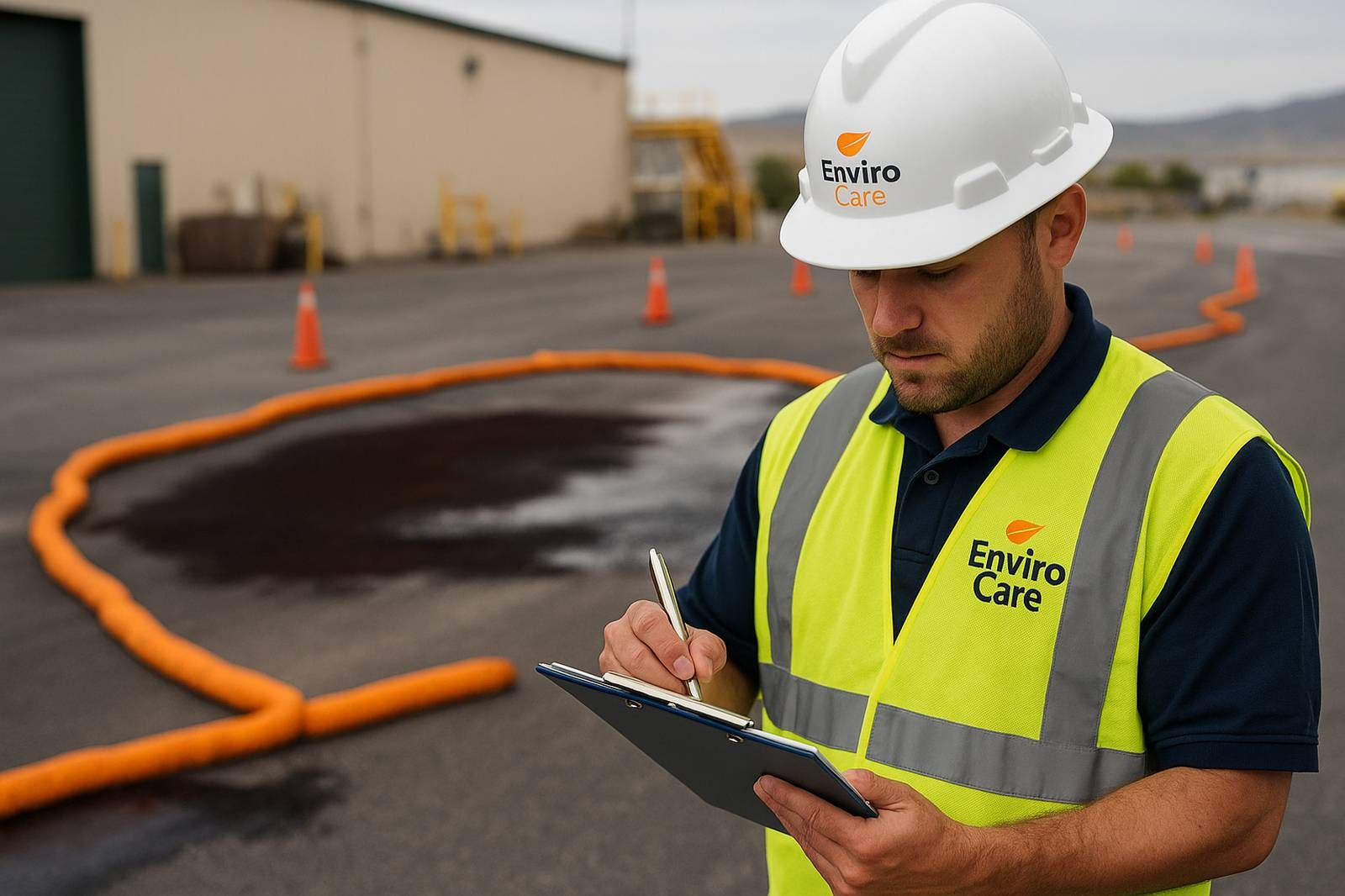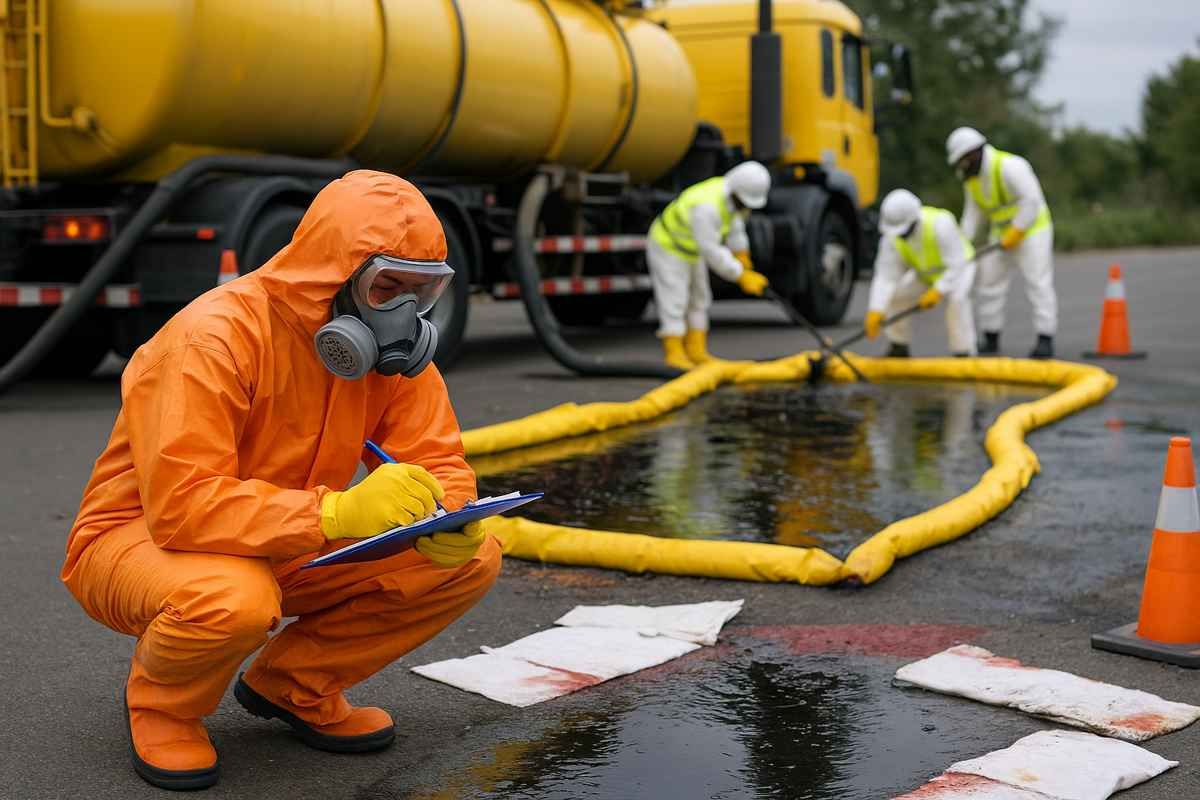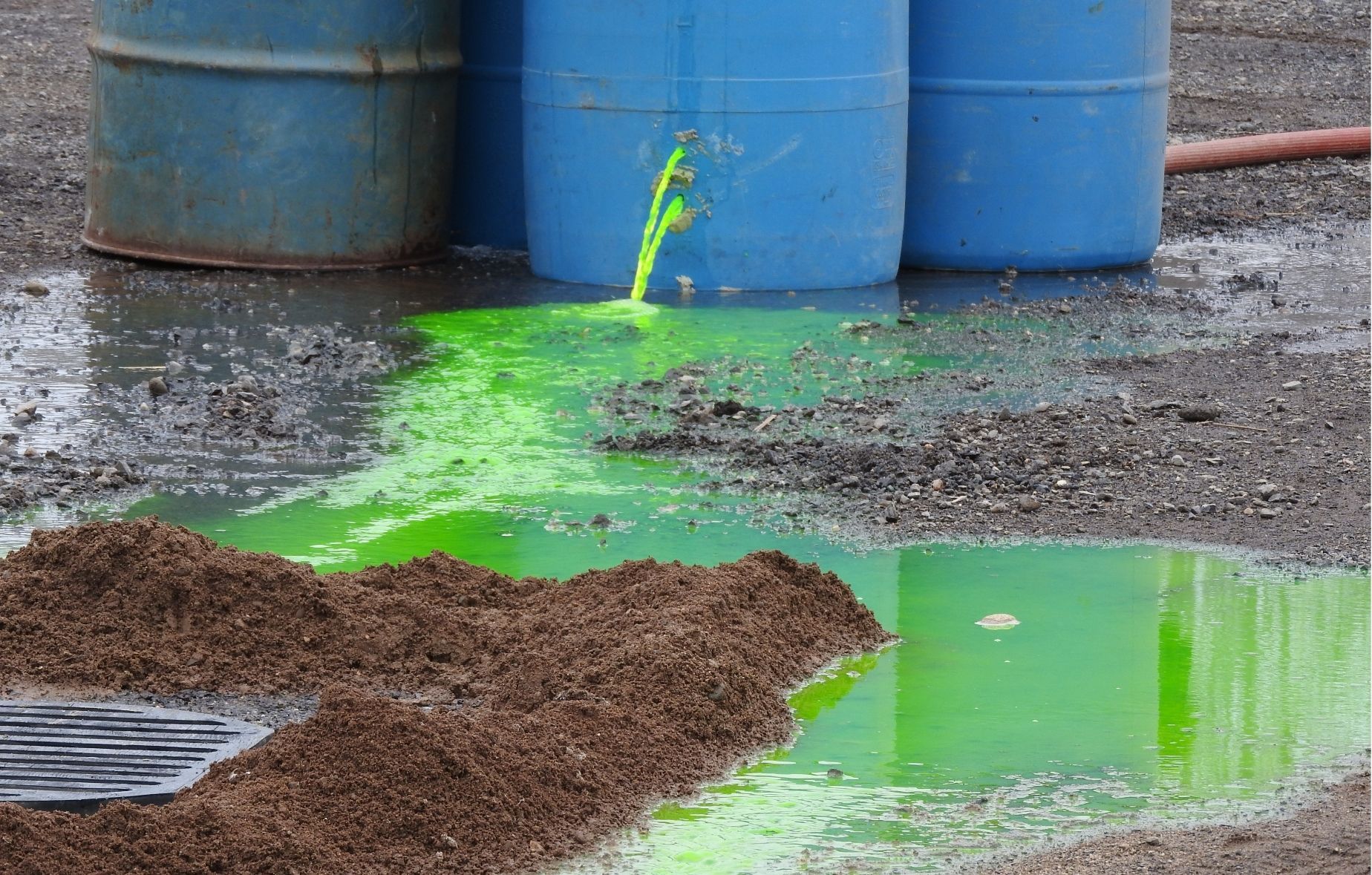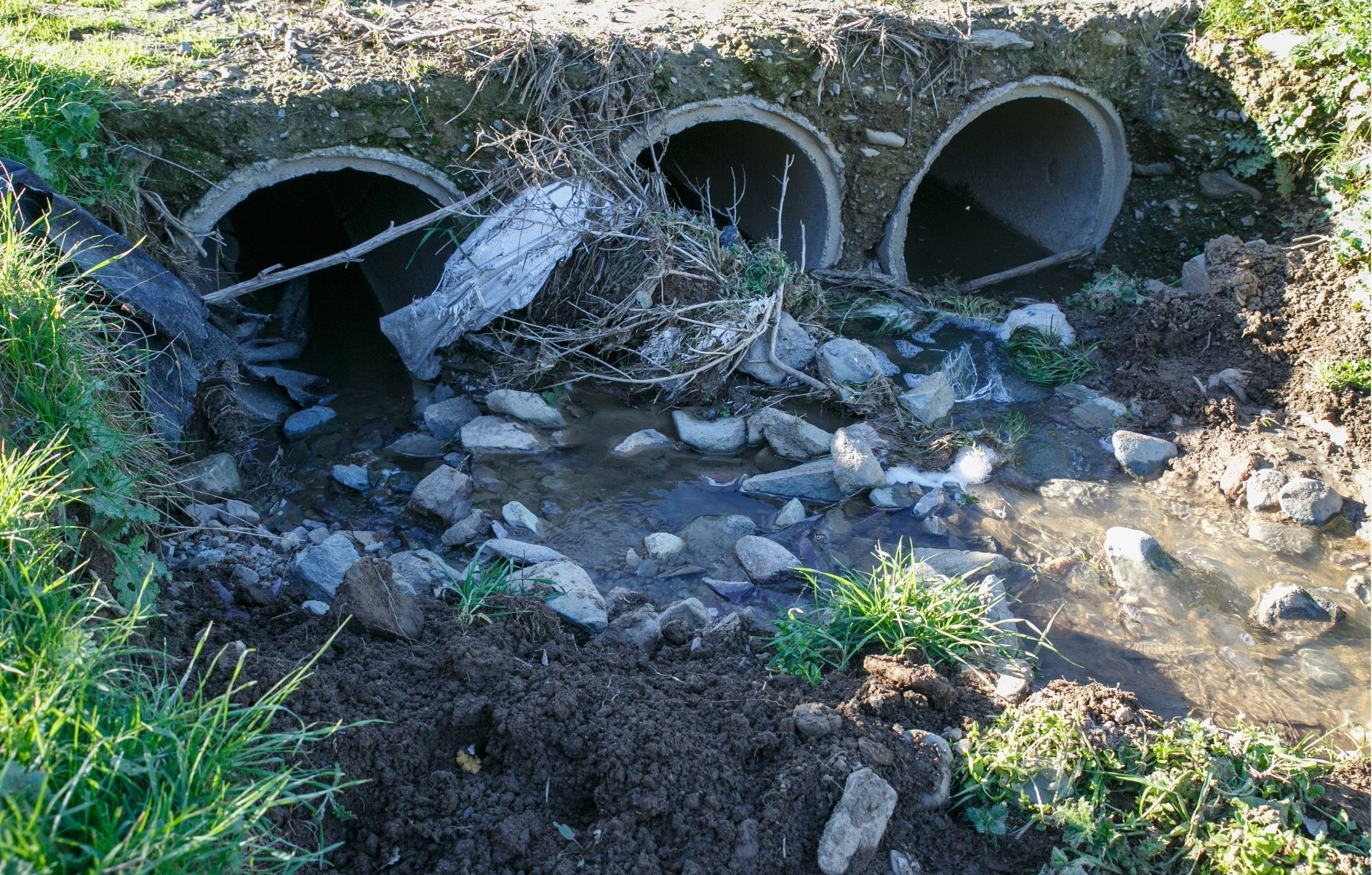Hydro & Mechanical Excavation vs. In-Situ Remediation: Pros, Cons & When to Use Each Method
Not all contaminated sites are the same—and neither are the remediation methods used to clean them up. Two of the most common cleanup strategies are:
Excavation (hydro or mechanical) – physically removing contaminated soil
In-situ remediation – treating contamination directly in the ground without excavation
Both approaches have significant advantages depending on the contaminant type, soil conditions, project timeline, and regulatory requirements.
This article breaks down the differences, strengths, drawbacks, and real-world applications of each method so you can choose the right...

